
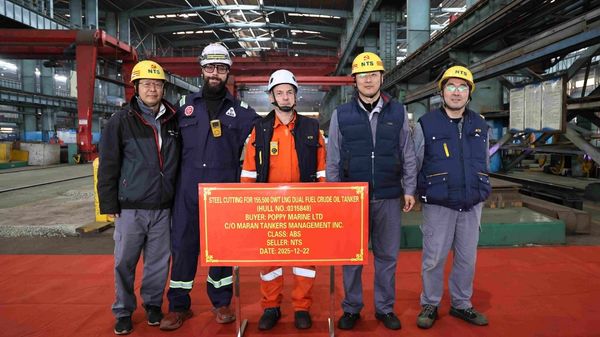
|
Steel cutting begins on LNG dual-fuel Aframax tanker
Chinese yard cuts steel for 155,500-dwt crude carrier. |
|
|
|
||
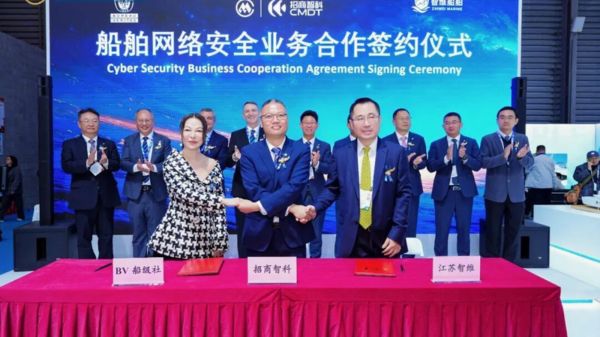
|
Bureau Veritas and CMHI sign agreements to advance green and smart shipping solutions
Classification society and Chinese shipbuilder strengthen partnership with cybersecurity and alternative fuel certifications. |
|
|
|
||
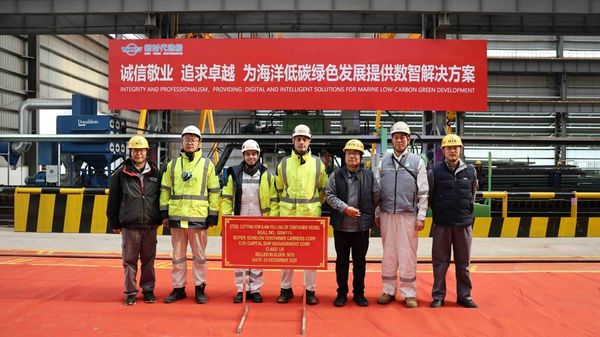
|
Steel cutting begins on 8,400-teu LNG dual-fuel container vessel
Chinese yard commences construction on LNG-powered container ship with Lloyd's Register oversight. |
|
|
|
||
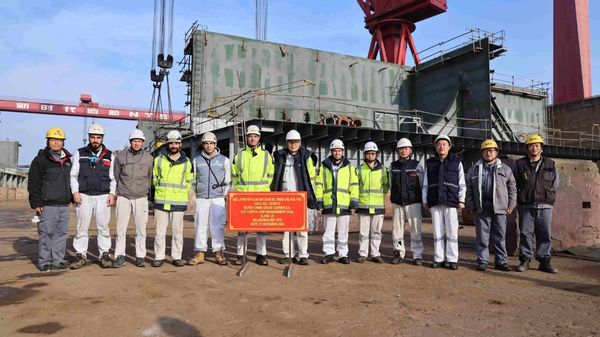
|
Keel laid for LNG dual-fuel crude oil tanker in China
Ceremony held on 23 December for LNG-capable tanker under Lloyd’s Register class. |
|
|
|
||
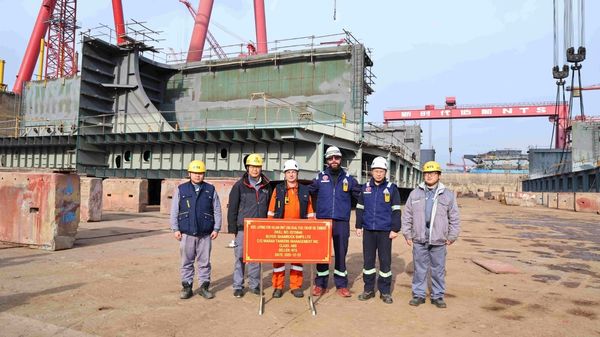
|
Keel laid for 155,500-dwt LNG dual-fuel crude oil tanker
Chinese shipyard begins construction on Suezmax tanker, with Maran and ABS staff in attendance. |
|
|
|
||
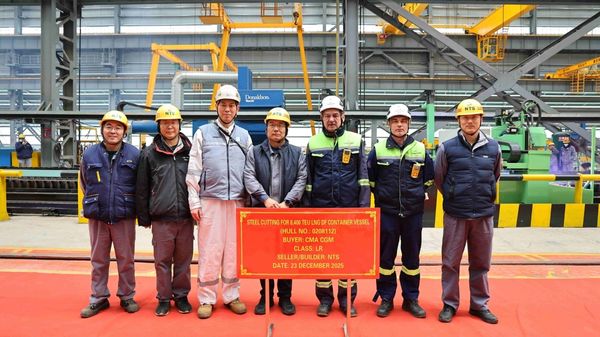
|
New Times Shipbuilding begins steel cutting on 8,400-teu LNG dual-fuel boxship
Chinese shipyard begins construction on vessel for CMA CGM with Lloyd's Register classification oversight. |
|
|
|
||
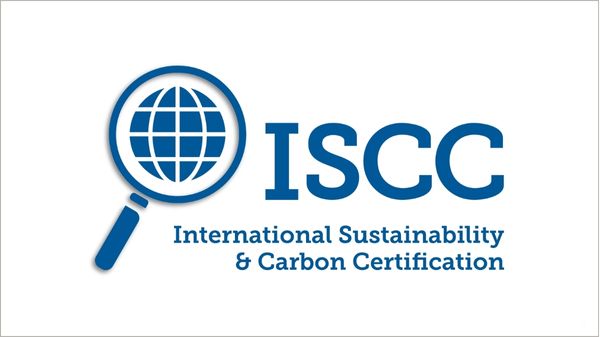
|
Golden Island secures ISCC EU certification for sustainable marine fuel trading
Singapore-based firm can now supply B100 biodiesel and green methanol with verified sustainability proofs. |
|
|
|
||

|
Uni-Fuels seeks bunker traders for London operations
Nasdaq-listed marine fuel supplier recruiting for trading team to support global expansion efforts. |
|
|
|
||
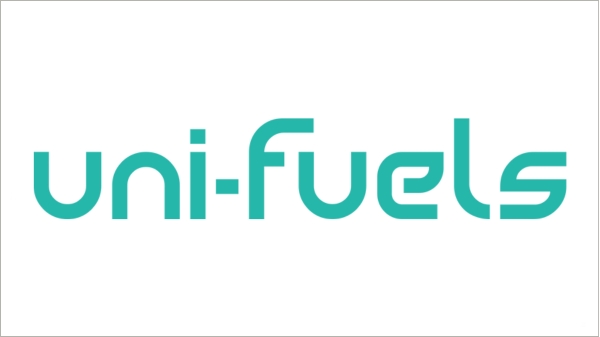
|
Uni-Fuels seeks bunker traders for Piraeus office
Nasdaq-listed marine fuel provider advertises positions as part of expansion in Greek market. |
|
|
|
||
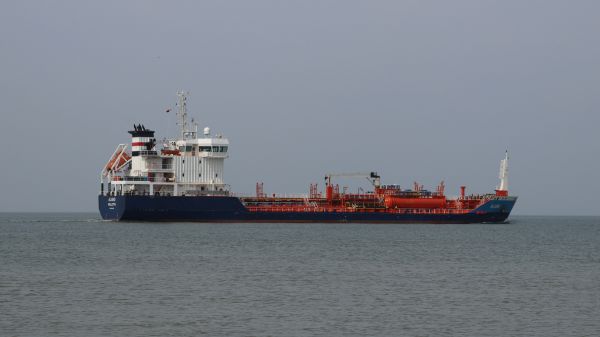
|
EU updates shipping company assignments under emissions trading system
European Commission publishes revised list of administering authorities based on latest Thetis-MRV data. |
|
|
|
||
| Wartsila and MHI-MME to market new energy-saving solution for ships [News & Insights] |
| Tug beats fuel savings forecast in Azipod D trials [News & Insights] |
| New turbocharging system could slash bunker costs by up to 3%: ABB [News & Insights] |
| Design changes lead to 10% bunker savings for Hapag-Lloyd Cruises ships: DNV GL [News & Insights] |
| Norden to continue fuel efficiency drive after 2017 [News & Insights] |